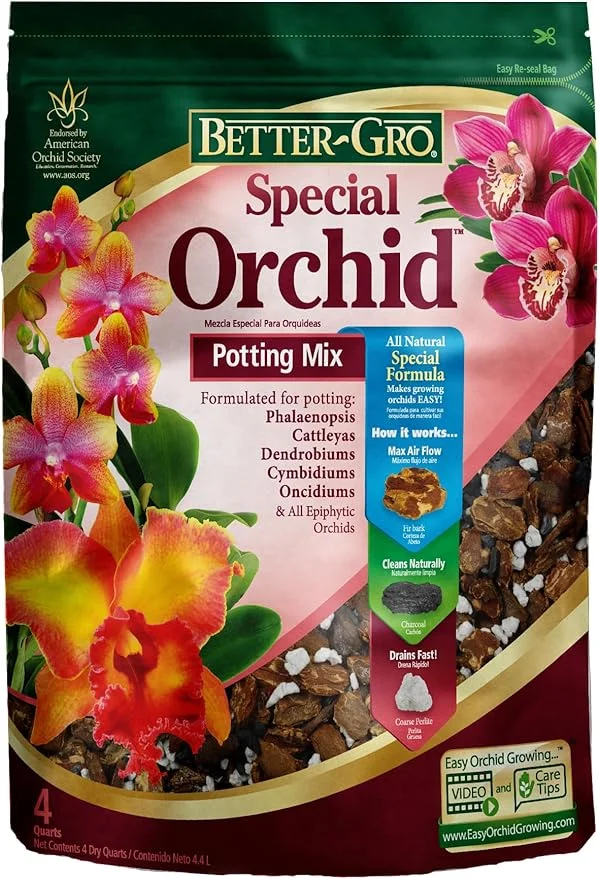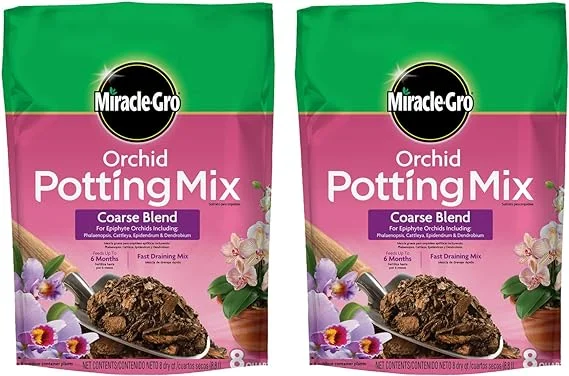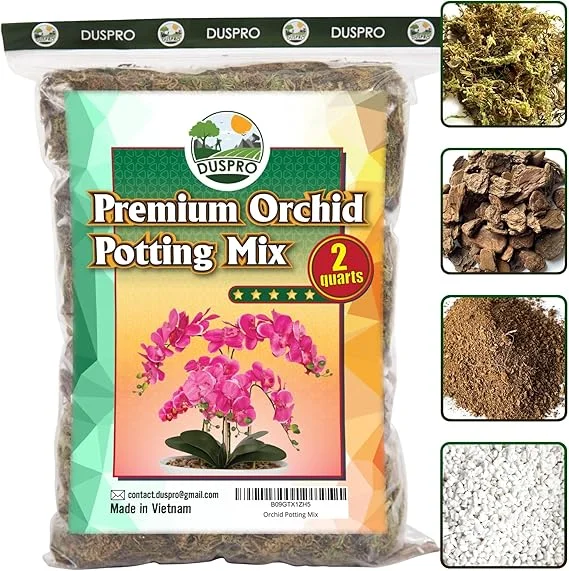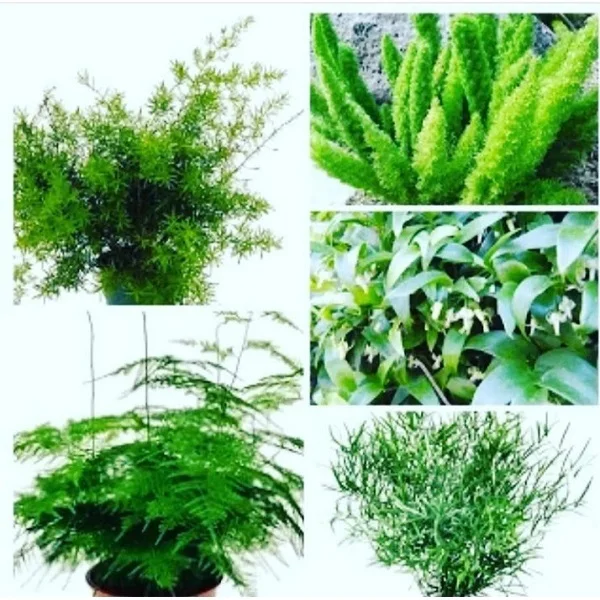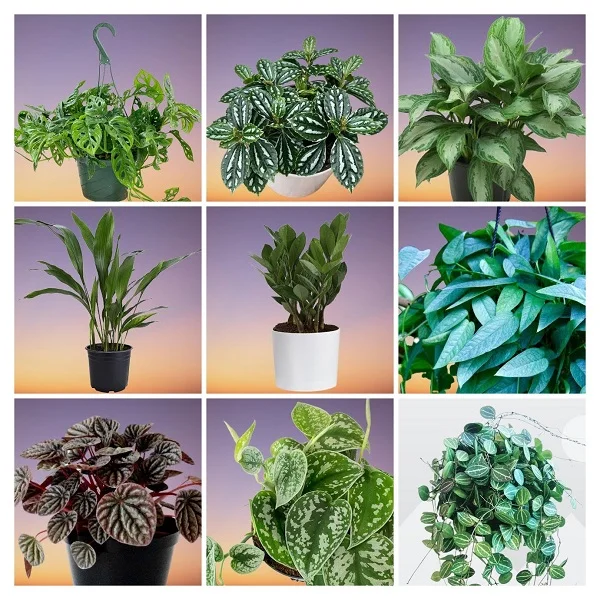Staghorn Fern (Platycerium bifurcatum) Indoor Care, Propagation, Common Problems with Remedies
Some links in this post may be affiliate links
Staghorn Fern (Platycerium bifurcatum) blossoms in bright indirect light, warm and humid conditions and moderately moist, rich, free-draining soil coupled with monthly feeding in the growing season.
Platycerium bifurcatum also called Antelope Ears Ferns or Elkhorn Ferns are some of the popular fern plants and bears large, spectacular fronds which are usually divided at their ends into antler-like lobes, hence the common names.
The fronds are of two types; those at the base are heart-shaped and sterile while those above are long, arching, forked and strap-shaped, grey-green and spore-forming.
The genus name is derived from the Greek word platys meaning flat and ceras meaning horn. The species name bifurcatum means bifurcated or forked. Both names refer to the fertile fronds.
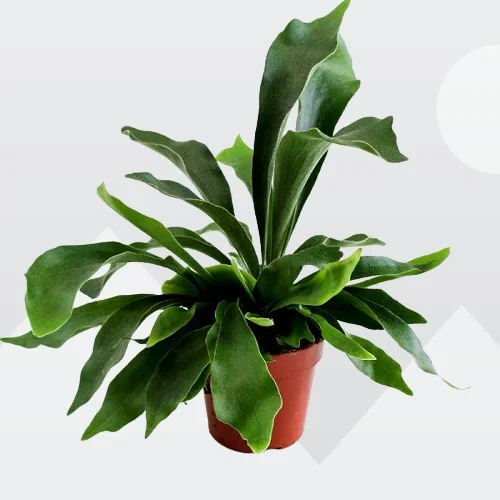
Botanical name: Platycerium bifurcatum
Synonmy: Platycerium alcicorne
Family: Polypodiaceae
Common names: Staghorn Fern, Elkhorn Fern, Antelope Ears
Origin
Platycerium bifurcatum is native to Java, New Guinea and eastern Australia where it grows as an epiphyte in the rainforests.
Size
Elkhorn Fern grows to a height of about 3 feet with a spread of about 2.5 feet. The heart-shaped sterile fronds are about 5-18 inches long while the strap-shaped fertile fronds grow to about 2.5 feet long. It is fun to grow while mounted on a suitable surface or in a hanging basket and is one of the best plants for the living room where it will be a great conversation starter.
Varieties
Staghorn ferns are a group of about 18 species in the genus Platycerium of the polypod family (Polypodiaceae) which are native to Africa, Australia and Southeast Asia. Ferns in this genus are widely known as Staghorn or Elkhorn Ferns due to their uniquely shaped fronds.
Toxicity
Staghorn Ferns (Platycerium bifurcatum) are non-toxic to humans and pets according to ASPCA. The ferns are pet-safe plants that you can grow in any space.
Where to Buy
Staghorn Ferns are spectacular plants for your collection, you may acquire them online from Etsy (Link to Etsy).
Platycerium bifurcatum Care Indoors
Staghorn Fern (Platycerium bifurcatum) prospers in bright indirect light, average warmth of 16-240C, humidity of 50-60% and moderately moist, rich, free-draining, orchids potting mix coupled with monthly feeding during the growing season.
Platycerium bifurcatum requires repotting only when it becomes overcrowded in its current pot. Keep reading for more on these growing conditions and how to achieve them.
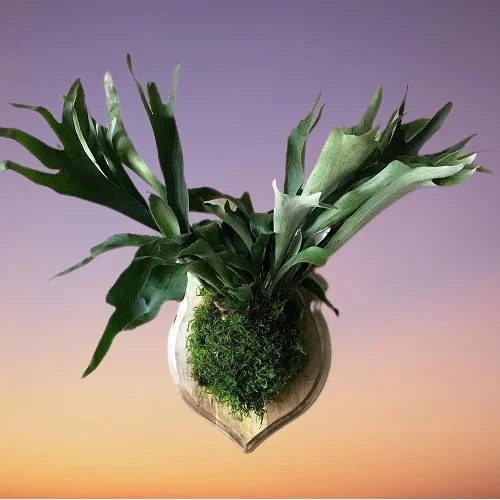
How to grow a mounted Staghorn Fern
Platycerium bifurcatum (Elkhorn Ferns) are epiphytes which grow mounted on trees. The best way to grow Staghorn Ferns is by mounting them on wood, log or any suitable material or in a basket.
Take the Staghorn Fern out of its pot and cover the rootball with moist sphagnum moss. Attach the covered rootball to wood, log, cork or in a basket with plastic covered wire.
Potting Medium
Staghorn Fern can also be grown in loose, orchids potting medium in an ordinary pot. Orchids potting soil is chunky and loose enough and does not getting soggy which minimizes rotting.
Light Requirements
Staghorn Fern grows best in bright indirect light (filtered light). Keep it away from direct sunlight as it can scorch the fronds. It can also be grown under grow lights if the natural light is not adequate. Check out these full spectrum grow lights on Amazon.
How to Water Staghorn Fern
For optimum growth of Elkhorn Fern, maintain the sphagnum moss moderately moist; water when the fronds begin to wilt and the medium feels dry to the touch.
Reduce watering during the cold season as growth is minimal at this time but do not allow the soil to dry out completely. Make sure that the pot has a drainage hole to prevent the medium from getting too wet as it can lead to rotting. Learn more on how to water indoor plants the correctly.
Temperature and Humidity
Average warmth of 16-240C is ideal for the Staghorn Fern. Keep it away from drafts like windy doors and windows to avoid sudden changes in temperature as it requires consistent warmth.
Staghorn Fern requires a humidity of 50-60% to thrive. Mist around the fern regularly especially if the air is too dry or set the pot on a wet pebble tray or use a cool mist humidifier to raise humidity. Read more on how to elevate humidity for houseplants.
Fertilizer
Feed Staghorn Fern with abalanced, liquid fertilizer once a month during the growing period. Withhold feeding during the cold season as growth is reduced at this time.
Repotting
If growing the Staghorn Fern in an ordinary pot, repot the fern at the beginning of the growing season when it becomes overcrowded in its current pot.
Ensure that the pot has a drainage hole and the soil is loose and free-draining inorder to prevent it from getting soggy and avoid rotting. Take a look at these ceramic pots with a saucer on Amazon.
Propagation
Staghorn Fern (Platycerium bifurcatum) propagation can be done at the beginning of the growing season from pups growing around the mother plant or from spores.
How to propagate Staghorn Fern from pups
Carefully seperate the pup from the mother Staghorn Fern by cutting with a sharp sterile knife.
Wrap the pup in moist sphagnum moss and tie it to a piece of wood or log with plastic-covered wire. Continue with the normal routine care for Elkhorn Fern.
How to propagate Staghorn Fern from spores
Spores are brown dots on the underside of the antler-like fronds. When the ripen, the cases open and tiny dust-like spores fall out.
Cut the frond and place it on a piece of paper with spores side down.
Allow time for the spores to fall out of the cases onto the piece of paper.
The spores can also be obtained by shaking the frond occasionally.
Thinly spread the spores on moist medium and cover the set up with clear polythene to maintain humidity and warmth.
Place the set up in a brightly lit area and maintain the medium moist through out by watering from the bottom.
The spores should sprout in about 3-6 months.
Allow at least 3-4 true leaves to develop before transplanting the new Staghorn Ferns after which you can begin routine care.
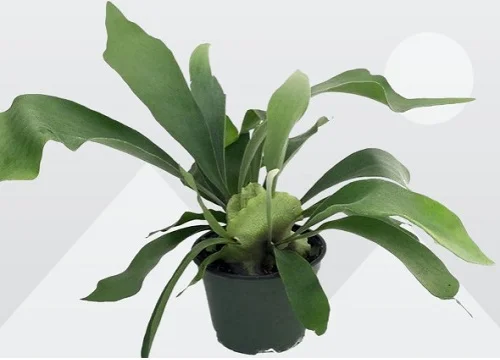
Platycerium bifurcatum Growing Problems
Staghorn Fern (Platycerium bifurcatum) growing problems include wilting, yellowing, curled leaves, brown leaf edges, pests and diseases among others. Continue reading for more on these problems and how to fix them.
Pests
Common pests in Staghorn Fern are scale insects and mealy bugs. Isolate the affected fern to avoid spread to other plants and treat it with neem oil as recommended by the manufacturer.
Brown shells scattered on fronds
Brown shells scattered on the fronds of Staghorn Fern are an indication of a scale insects infestation. Isolate the affected fern to avoid spread to other plants and treat appropriately to get rid of the pests.
Brown dots or lines on the underside of fronds
These are spores which can be used for propagation of new Staghorn Ferns. They indicate that the frond is mature and healthy. In their natural environment, these spores drop to the soil and grow into new ferns.
Curled leaves and brown leaf edges
The cause of curled leaves and brown leaf edges in Staghorn Fern is too dry air. Mist around the fern regularly especially if the air is too dry or set the pot on a wet pebble tray to raise humidity.
Yellowing fronds
Soggy soil is the cause of yellowing fronds in Staghorn Fern. Ensure that the pot has a drainage hole and the soil is free-draining to prevent it from getting soggy.
Wilting fronds
Wilting fronds in Staghorn Fern is an indication of underwatering. Water the fern thoroughly and the fern should recover immediately. Thereafter, maintain the potting medium moist at all times and do not let it dry out completely.
You liked it? Share on social media.
Related Content
Amazon Associates Disclosure
Homeplantsguide.com is a participant in the Amazon Services LLC Associates Program, an affiliate advertising program designed to provide a means for sites to earn advertising fees by advertising and linking to amazon.com.
